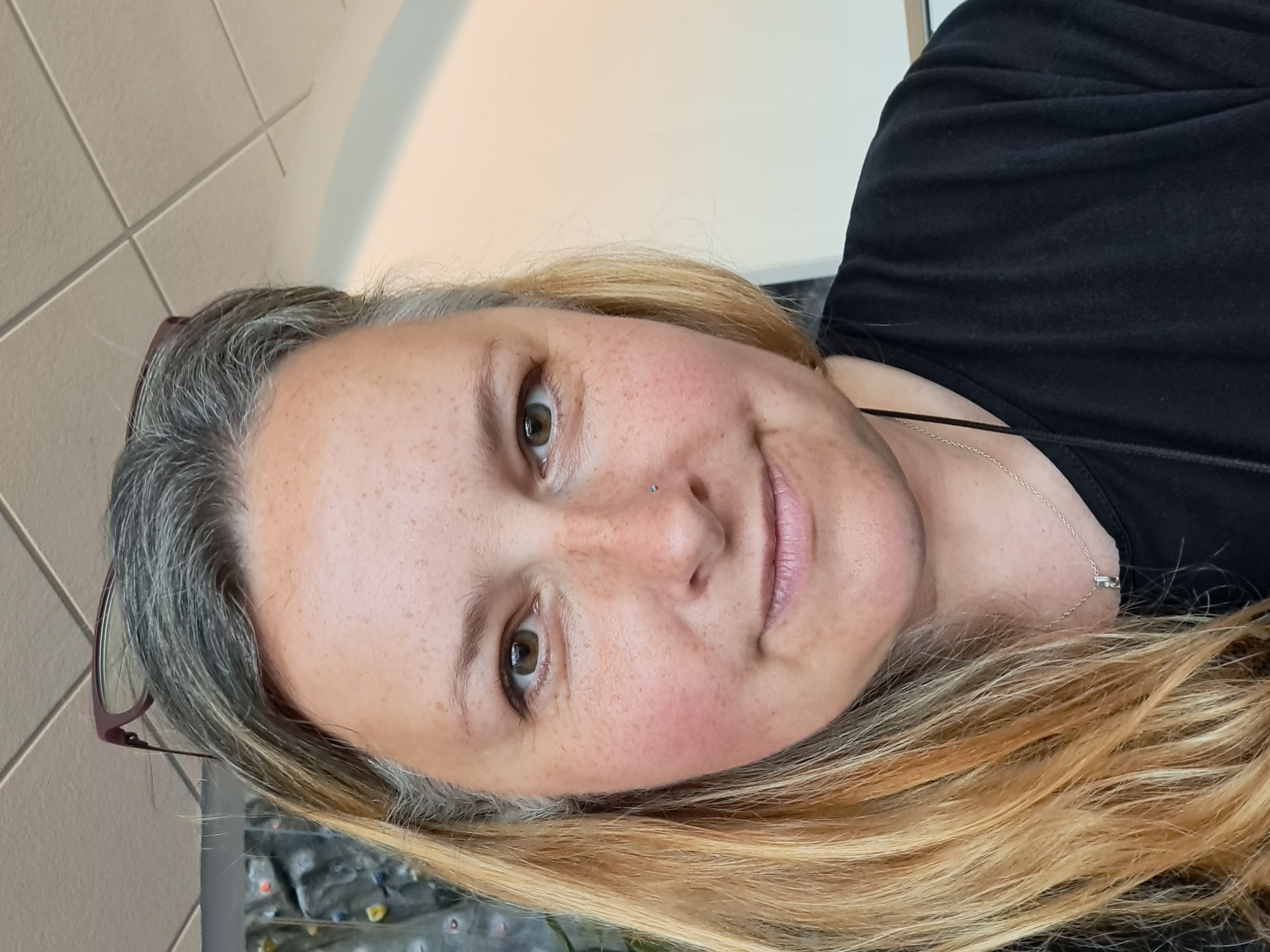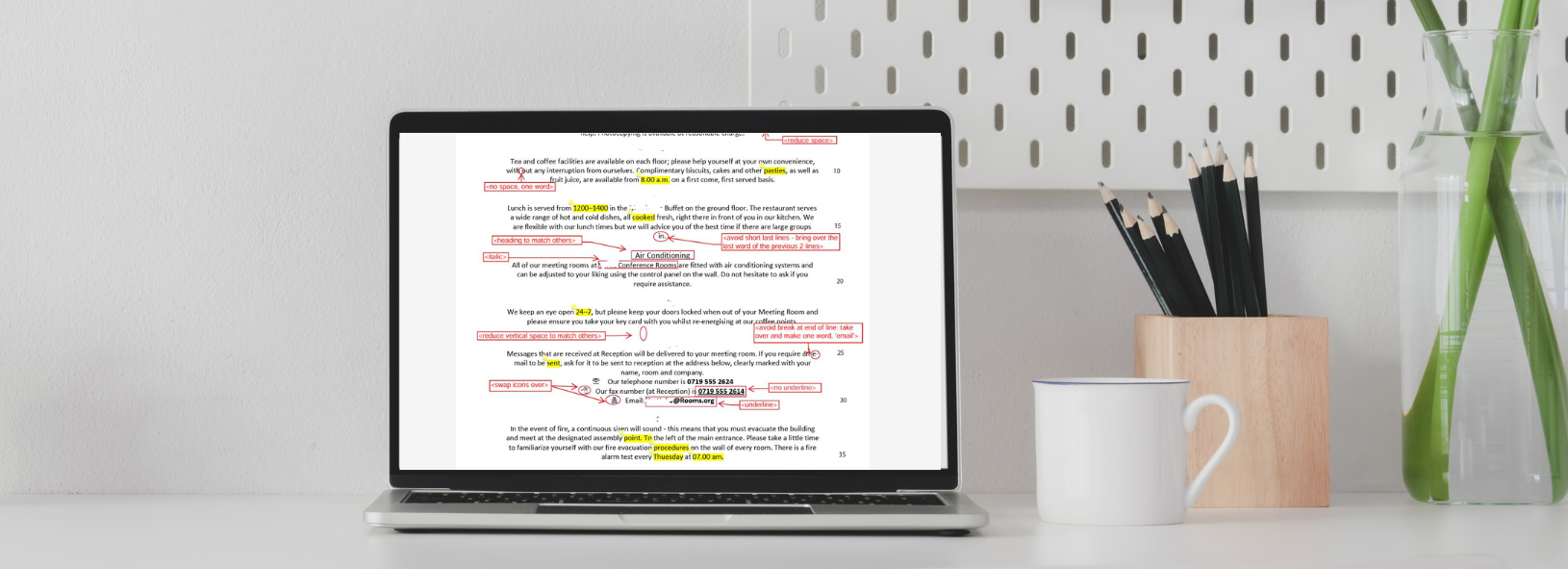How the course is delivered
The course consists of four sessions, each a mixture of delivery and interaction using Zoom breakout rooms and other online tools. There will be 15-minute breaks between sessions with the opportunity to do exercises and take a break. The course will run on the same day across two weeks, split into two half-day sessions in the morning from 9am to 12.30pm.
You will need to activate a free Zoom account to join the course. This takes two minutes and does not require any payment. It is purely for administrative purposes.
We strongly recommend you complete this course with two screens, unless you have a large monitor. This will enable you to watch the demonstrations while you follow along on your own screen. You will need access to a computer or laptop with a camera and microphone and with either Adobe Acrobat Reader DC (which is free) or Adobe Acrobat Professional installed. Please check that you have the latest version of Adobe Acrobat Reader.
Any information to be completed beforehand will be sent via email.
Accessibility
Please contact us at with any accessibility or special requirements, for example having in-session captions or the learning materials sent to you in advance.
If you have any concerns about technical requirements or access please contact us on or telephone (+44) 020 8874 2718.
In-house training
This course is also available for in-company training, either virtually or in person at your office. Course content is tailored to suit your requirements. Group sizes range from five to twelve attendees. To find out more, email or telephone +44 (0)20 8874 2718.
What is included?
Certificate
Upon successfully completing the course you will receive a completion certificate from PTC.
Chartered Institute of Editing and Proofreading (CIEP) points
Completing this course is worth 3 points towards upgrading your CIEP membership.
About the tutor
 Heather Rawlin began her career in publishing by training with the PTC to become a proofreader and copy-editor. She worked for six years as an editorial project manager for a firm of typesetters, taking academic publications from manuscript through to print-ready and digital formats, and liaising closely with freelance copy editors, proofreaders and indexers, as well as with the in-house production team of typesetters and quality-assurance readers. Heather started her editorial freelance business in 2015 and began tutoring the PTC distance-learning courses Essential Copy Editing and Essential Proofreading in 2018. She has degrees in the History of Art and experience of editorial work in medical and scientific publishing, as well as the Arts, Humanities and Social Sciences.
Heather Rawlin began her career in publishing by training with the PTC to become a proofreader and copy-editor. She worked for six years as an editorial project manager for a firm of typesetters, taking academic publications from manuscript through to print-ready and digital formats, and liaising closely with freelance copy editors, proofreaders and indexers, as well as with the in-house production team of typesetters and quality-assurance readers. Heather started her editorial freelance business in 2015 and began tutoring the PTC distance-learning courses Essential Copy Editing and Essential Proofreading in 2018. She has degrees in the History of Art and experience of editorial work in medical and scientific publishing, as well as the Arts, Humanities and Social Sciences.
Session 1: 25 September 2025 | Session 2: 2 October 2025 (mornings only)
£360+VAT
Date information for future sessions
September 2025
- Dates: 25 September and 2 October
- Times: Each session will run from 9.30am to 1.00pm
Course format
- Virtual classroom
- 9.30am to 1.00pm
- Four x 90-minute sessions plus breaks, comprising two half-day sessions on two days, one week apart
A number of discounts are available
Enrol on this course
What you will need
To join the course, you will need access to a computer, tablet or laptop with a camera and microphone. You will need to activate a free Zoom account to join the course. This takes two minutes and does not require any payment. It is purely for administrative purposes.

 Proofreading is a far more demanding job than simply reading the words on the page. The proofreader needs a practical knowledge of typographic design and layout, a keen understanding of how readers navigate the page spread, the ability to manipulate text, and the skill to function as the ‘safety net’ for the copy-editor. This advanced workshop explores reading and interpreting words and images in print to produce a finished book that serves the author’s message, meets the reader’s needs and pleases the eye.
Proofreading is a far more demanding job than simply reading the words on the page. The proofreader needs a practical knowledge of typographic design and layout, a keen understanding of how readers navigate the page spread, the ability to manipulate text, and the skill to function as the ‘safety net’ for the copy-editor. This advanced workshop explores reading and interpreting words and images in print to produce a finished book that serves the author’s message, meets the reader’s needs and pleases the eye. Heather Rawlin began her career in publishing by training with the PTC to become a proofreader and copy-editor. She worked for six years as an editorial project manager for a firm of typesetters, taking academic publications from manuscript through to print-ready and digital formats, and liaising closely with freelance copy editors, proofreaders and indexers, as well as with the in-house production team of typesetters and quality-assurance readers. Heather started her editorial freelance business in 2015 and began tutoring the PTC distance-learning courses Essential Copy Editing and Essential Proofreading in 2018. She has degrees in the History of Art and experience of editorial work in medical and scientific publishing, as well as the Arts, Humanities and Social Sciences.
Heather Rawlin began her career in publishing by training with the PTC to become a proofreader and copy-editor. She worked for six years as an editorial project manager for a firm of typesetters, taking academic publications from manuscript through to print-ready and digital formats, and liaising closely with freelance copy editors, proofreaders and indexers, as well as with the in-house production team of typesetters and quality-assurance readers. Heather started her editorial freelance business in 2015 and began tutoring the PTC distance-learning courses Essential Copy Editing and Essential Proofreading in 2018. She has degrees in the History of Art and experience of editorial work in medical and scientific publishing, as well as the Arts, Humanities and Social Sciences.